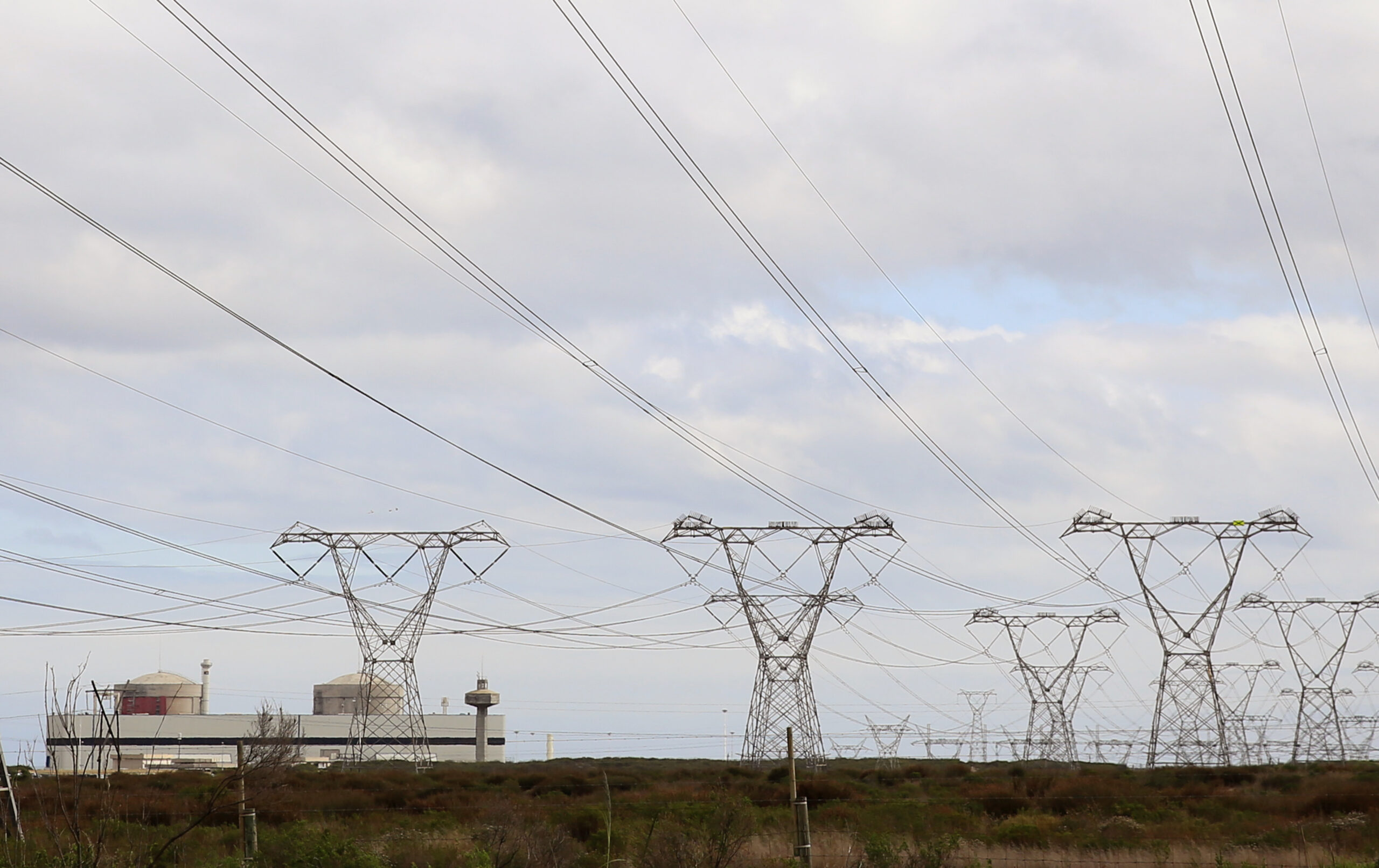According to Eskom, the lockdown did thwart an extended load shedding period, while before the lockdown, it said it expected 31 days of load shedding this year.

Failing infrastructure at Eskom has the country on the brink of load shedding, just as the economy is beginning to pick up. This despite the reduced demand during the hard Covid-19 lockdown, which the power utility sought to take advantage of by doubling down on planned maintenance.
But the utility was also blaming illegal connections in mostly urban areas which flooded the system in peak demand times. According to Eskom spokesperson Sikonathi Mantshantsha, two generating units broke down on Tuesday at two different power stations.
With the power demand just 1 000MW shy of the full generation capacity – which on that day was 31 692MW – the gap was too close for comfort, said Mantshantsha, prompting the utility to call for reduced use of electricity and warning the country that the system was severely constrained.
Yesterday Eskom announced that after a tripped unit at Medupi Power Station was restored to operation, one unit at Tutuka Power Station had yet to be restored as another unit at the same station went down. A third generation unit also tripped at Kendal Power Station.
If a similar event occurs again, this could plunge the country into darkness sooner than expected and bringing things even closer to this threshold was overloading during peak demand hours and the spike in illegal connections as desperation and cold in poor areas often coincided with the phenomenon.
“Load reduction and illegal connections – those are our biggest problems. Particularly days like today when it is getting colder, everybody will be putting on as many heaters and then those people who don’t even buy electricity will put their stoves on and everything,” said Mantshantsha.
But shouldn’t the lockdown have given Eskom enough time to iron out its maintenance issues at a faster rate?
According to Eskom, the lockdown did thwart an extended load shedding period. Before the lockdown, Eskom said it expected 31 days of load shedding this year. According to Mantshantsha, this number was reduced to just three, as a result of the extra maintenance work done over the course of the Level 5 lockdown.
“We took advantage of that unfortunate situation and did maintenance,” said Mantshantsha. “But the reality is Eskom infrastructure is unreliable and the machines are old and they do break. Our plan is that there may still be three days of load shedding and, of course, we always say only if nothing drastic happens, and by that we mean, for instance, if many machines break down at once. So, if we have any more breakdowns then we have a problem of load shedding which may increase.”
Energy industry expert Ted Blom said not only was it technically impossible for Eskom to have done much with the lockdown period, but it was clear that his prediction of load shedding by the end of July was even closer to coming true.
“The philosophy of Eskom over the lockdown was that they would be using that period to catch up on maintenance However, that didn’t happen for two reasons,” said Blom.
“The first is that workers were not willing to be exposed to the virus and the second was that all of the transport entities were not operational, so there was no importing of parts. All of the technical equipment that we use, we get from overseas and because of the shutdown of logistics, it will have The reality is Eskom infrastructure is unreliable been impossible to get anything done.”
Blom also blamed poor planning on Eskom’s part as certain procurement processes were supposed to be done between a year and 18 months in advance.
For more news your way, download The Citizen’s app for iOS and Android.






